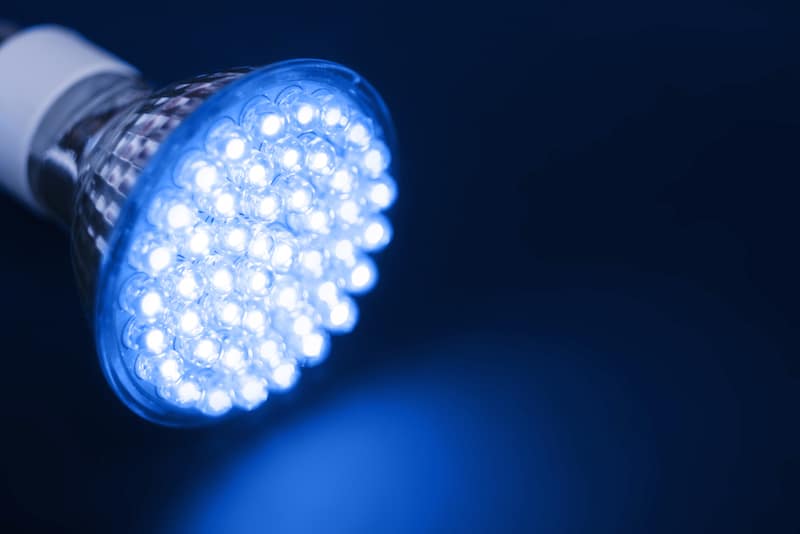Gooee, an Internet of Things (IoT) technology business focused on the Smart LED lighting value chain has struck a strategic partnership deal with Evrythng the IoT identity management company.
Gooee, set up by Aurora Group founder Andrew Johnson, perhaps unsurprisingly signed their first deal with the Aurora Group and its specialist retail lighting company Microlights. In a company statement Aurora announced “we are proud to be the first to implement the Gooee iON™ LED Light Engines, we have designed and engineered the AOne Control Solution for the Internet of Things (IoT) - the fastest growing technology sector”.
In our report The Internet of Things in Smart Buildings - http://memoori.com/portfolio/internet-things-smart-buildings-2014-2020/ - We project that the global market for the Internet of Things in Buildings (BIoT) will rise from $22.93Bn in 2014 to over $85Bn in 2020, driven in part by the move towards smart lighting controls

Gooee’s sensing and energy management technology, combined with the scalability of Evrythng’s IoT cloud platform should add value by reducing the cost of energy and maintenance in LED lighting.
The Evrythng platform will enable Gooee to operate tens of millions of intelligent light endpoints in a global network. It also allows it to manage and analyze the huge volumes of data that flow from and around these products, as well as driving and connect with a wide array of applications.
On the deal, Niall Murphy, CEO at Evrythng, stated "we're very pleased to be able to partner our unique IoT cloud software platform to make products smart, with Gooee's game-changing luminaire and sensory technology, to make it possible for the lighting industry to realize this global market opportunity".
Gooee is of course not the only company who seek to create a platform for smart lighting, they were joined by Austrian firm AMS in demonstrating their technology at Strategies in Light (SIL) exhibition in Las Vegas last month.
Both AMS and Gooee are using the increasingly popular IoT label to describe their effort to connect smart lighting to the Internet. Indeed, both companies intend to enable connection of other types of appliances as well as lighting.
Moreover, both will include integrated sensing technology as a key element that can allow connected lighting to adapt autonomously as well as programmatically based on network communications. In addition, sensors will also enable the lighting products to transfer data such as occupancy or temperature back to a management platform for analysis.
A unique window of opportunity exists across both the LED lighting and IoT sectors. LED lighting is going through a massive global infrastructure change from the traditional legacy technologies to newer solid-state lighting-based products.
Our research predicts that by 2018 the market for LED Lighting in Buildings will have grown to total almost $23 billion. Representing a compound annual growth rate (CAGR) over a 6 year period of 22.8%. A further report estimates the world value of smart lighting control product in 2013 at $1.67 billion. Of this only 10% accounted for wireless controls.
Simon Coombes, Gooee CTO, stresses that we must accept lighting as a ubiquitous part of the IoT, certain that software will become a key element of smart lighting.
Developing a lighting control ecosystem requires four components: lighting, software, data and third parties. A universal platform is required to enable smart lighting to become a platform-based solution. Coombes concluded that if smart lighting and lighting controls work closely together, it will result in significant energy saving and improved reliability.
Interested in the lighting controls business for smart building? Our comprehensive market report is available here: http://memoori.com/portfolio/smart-buildings-the-lighting-controls-business-2013-to-2017/



